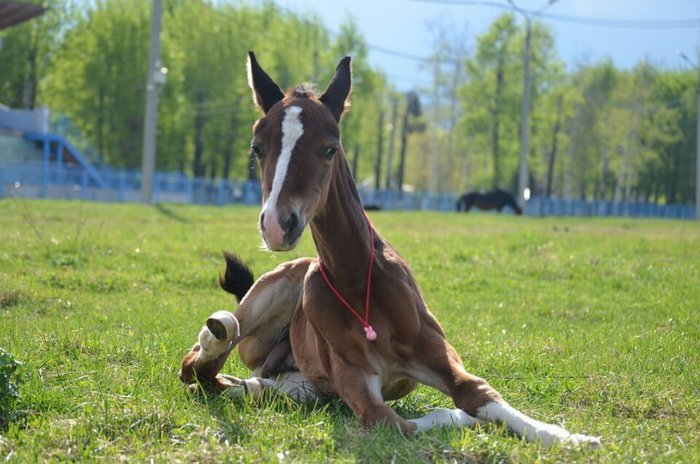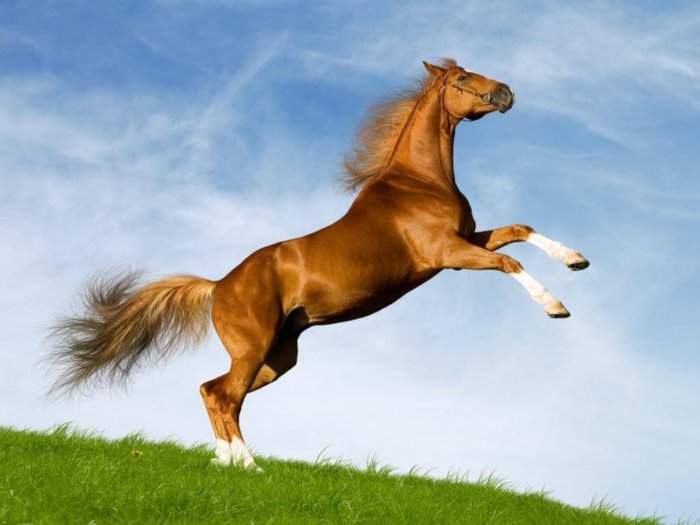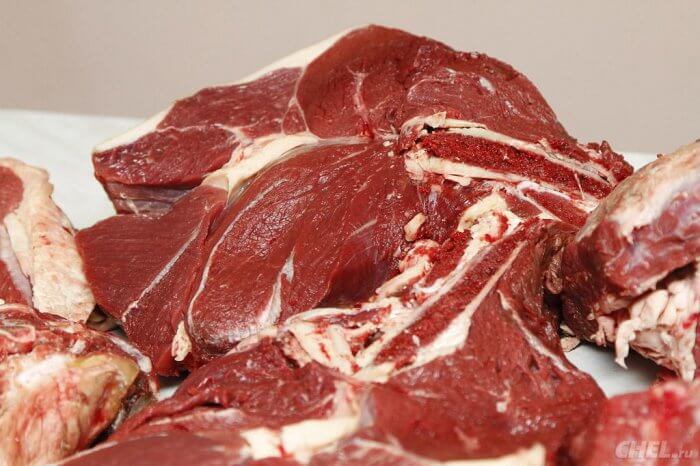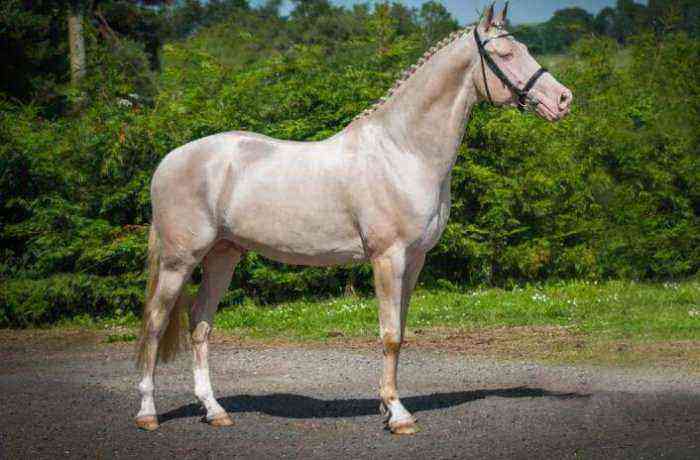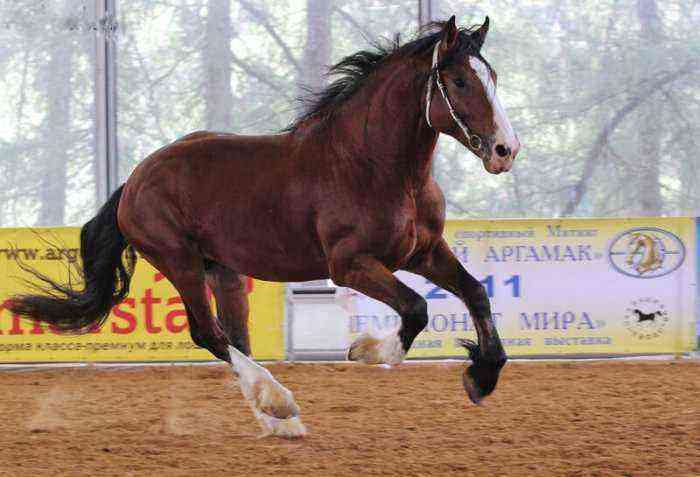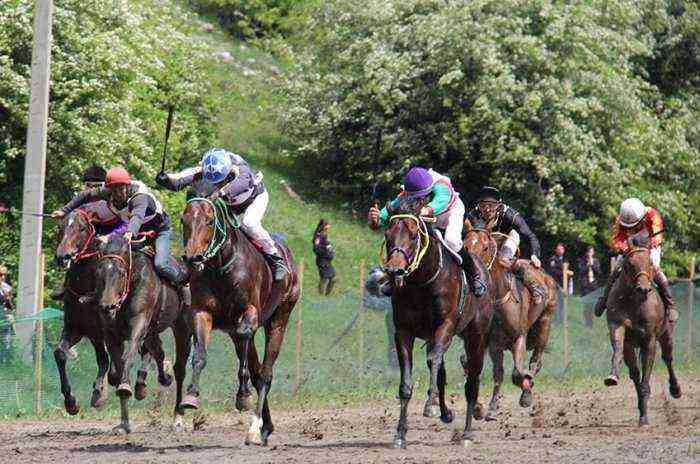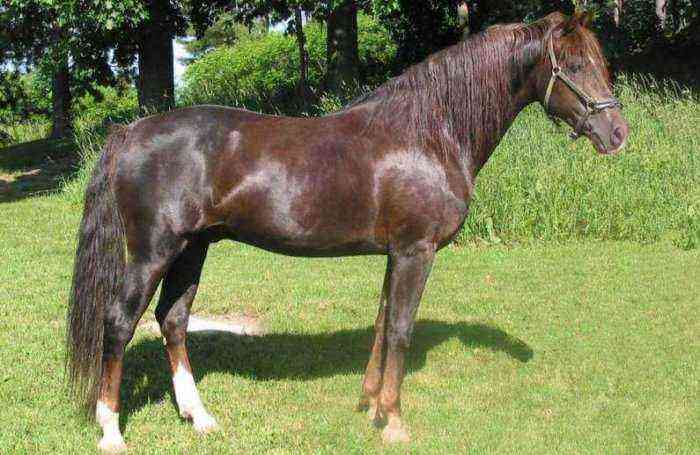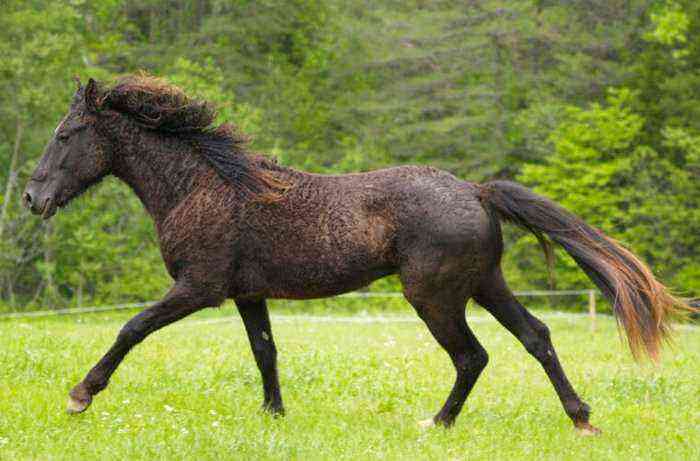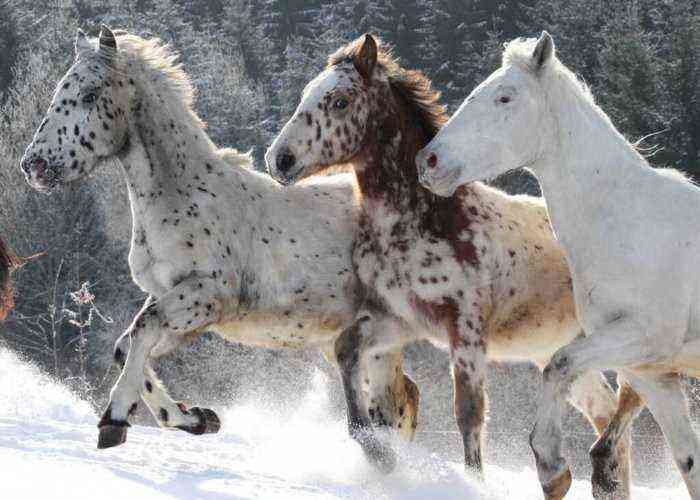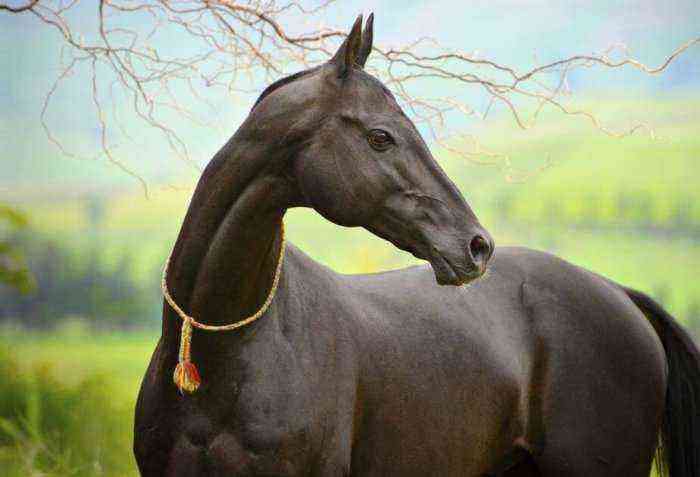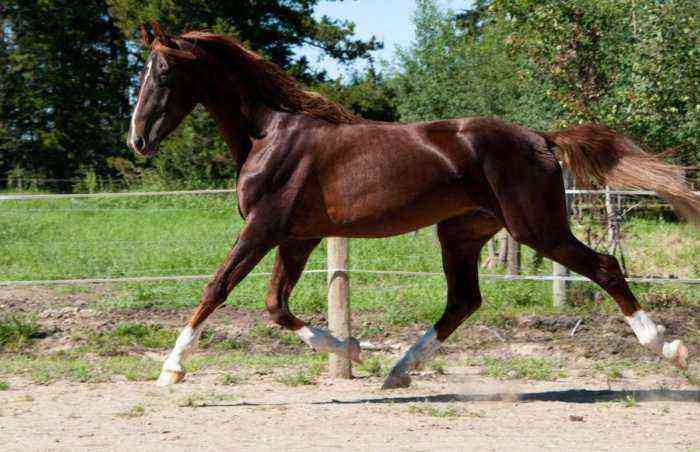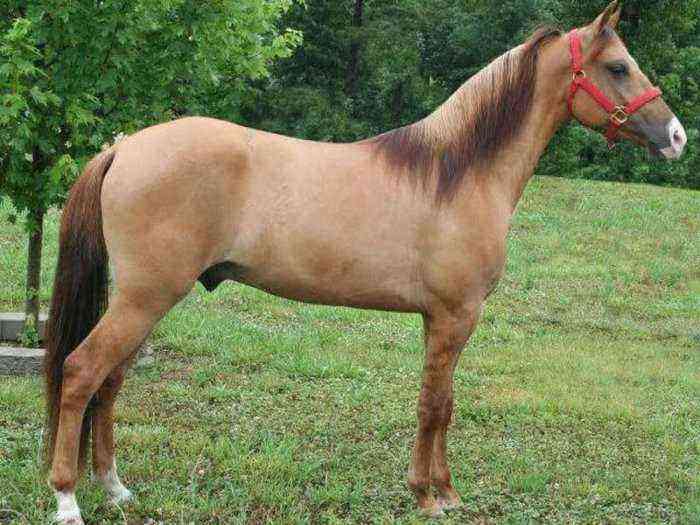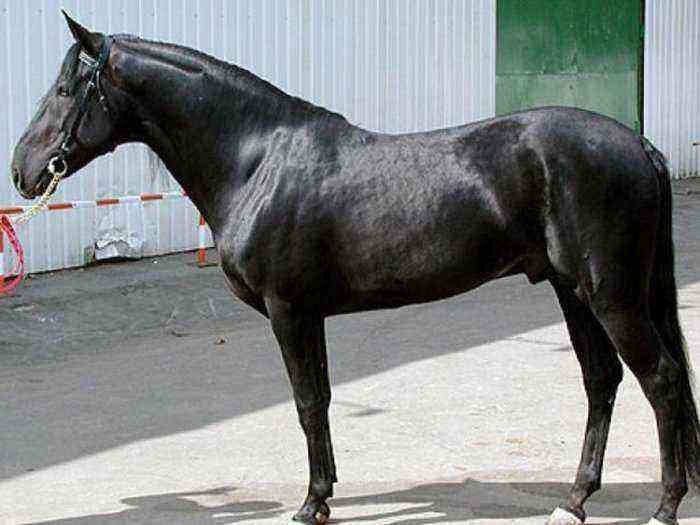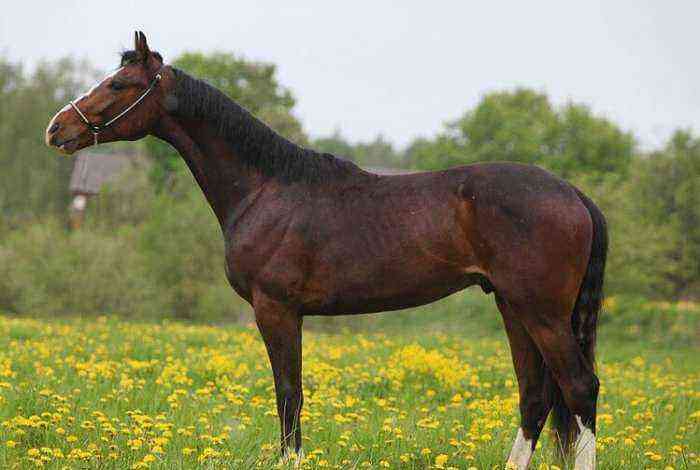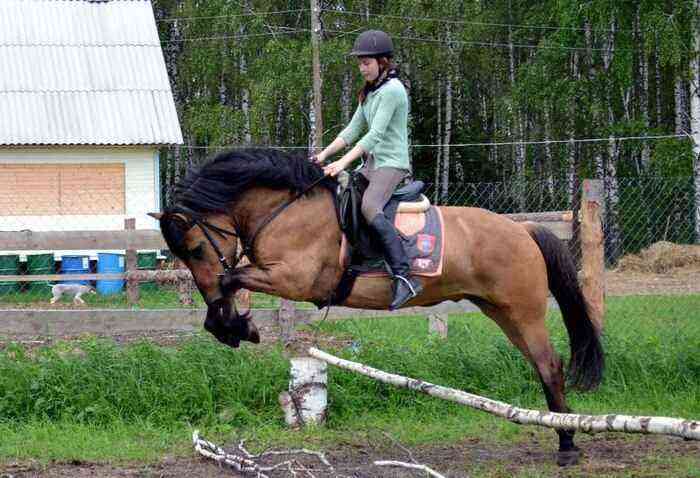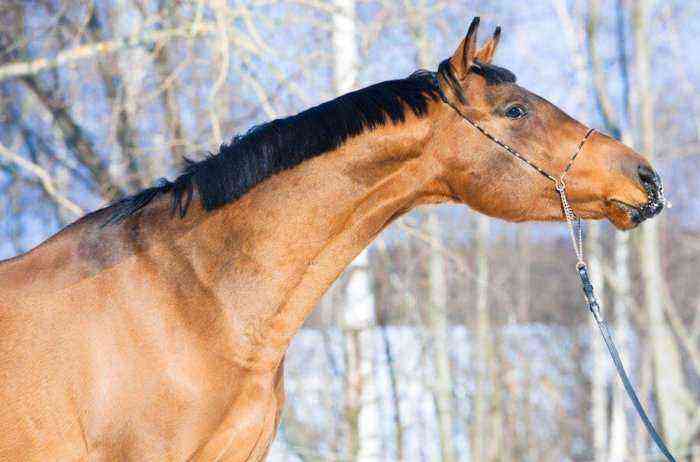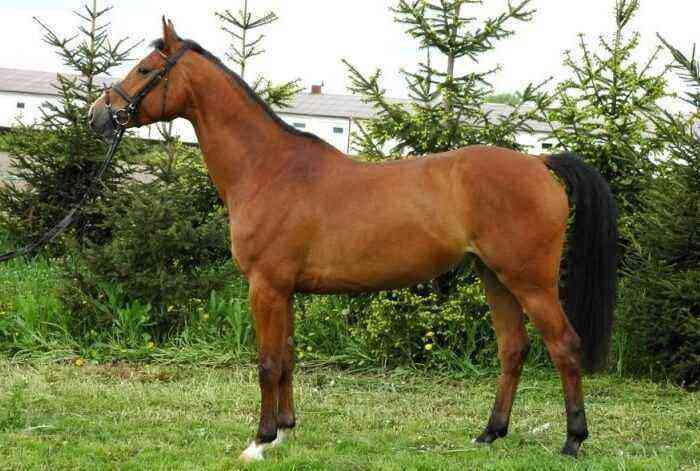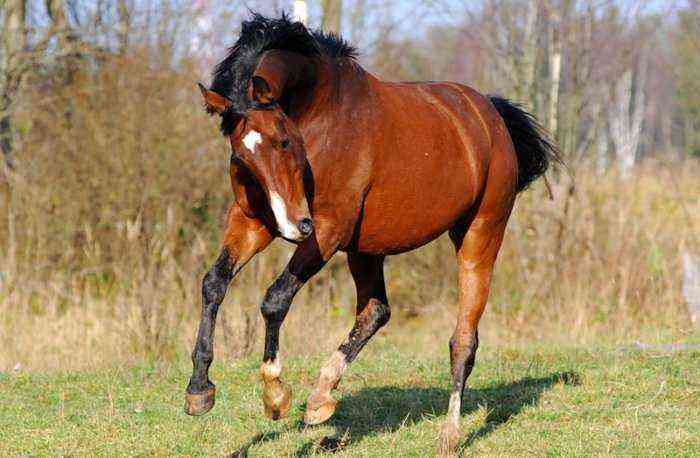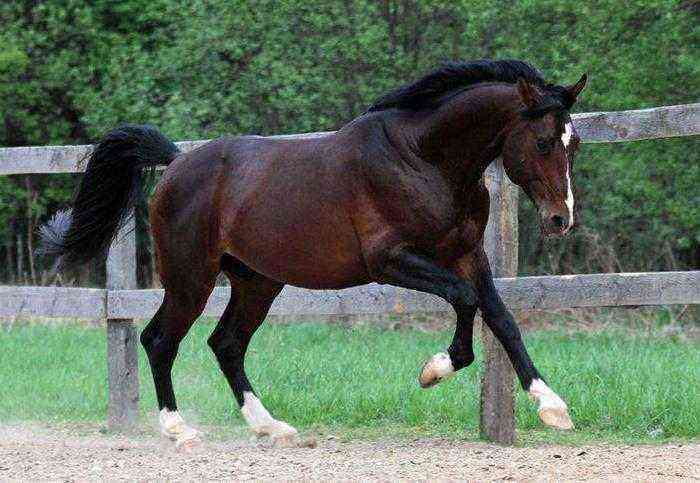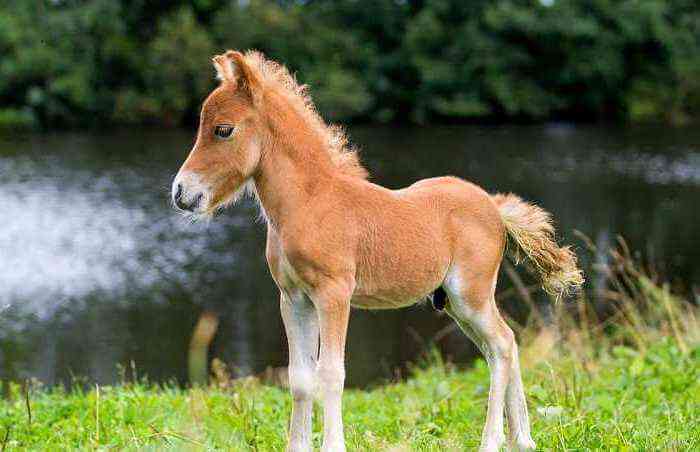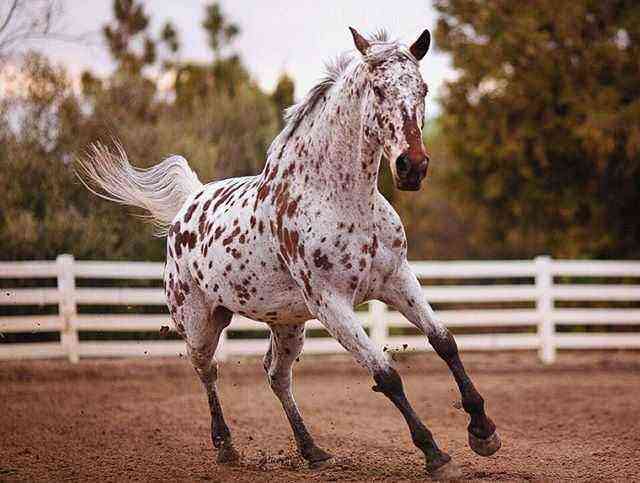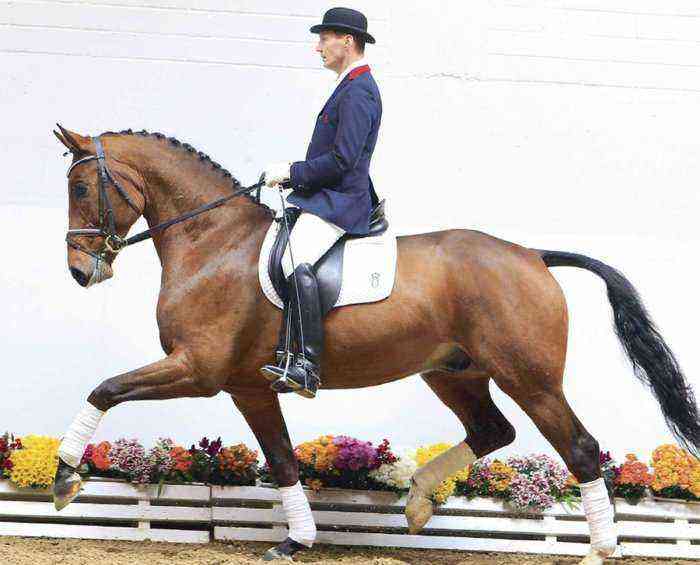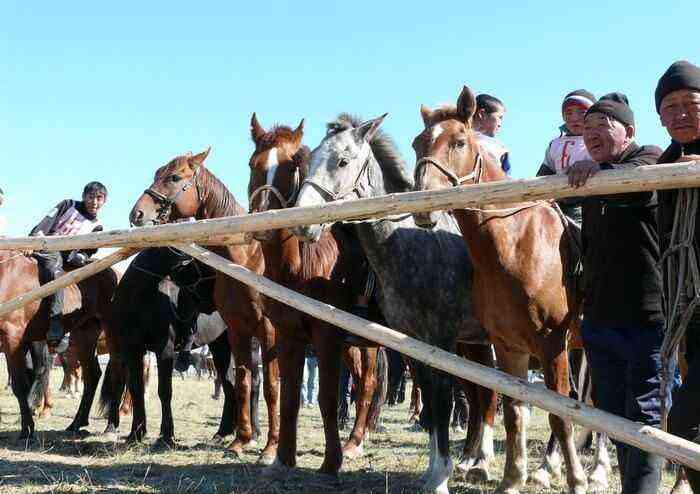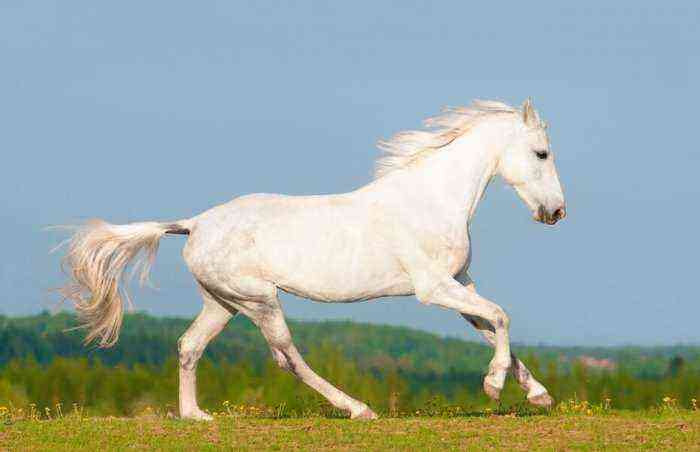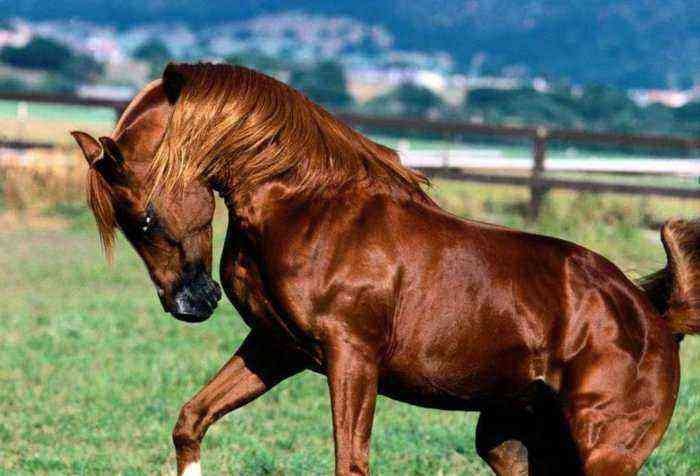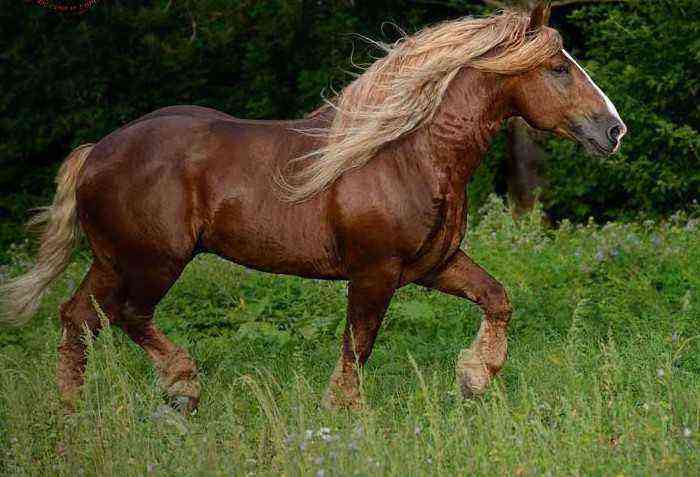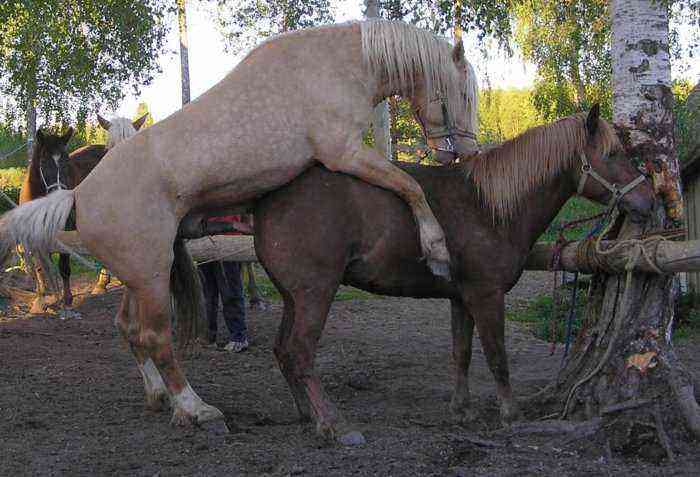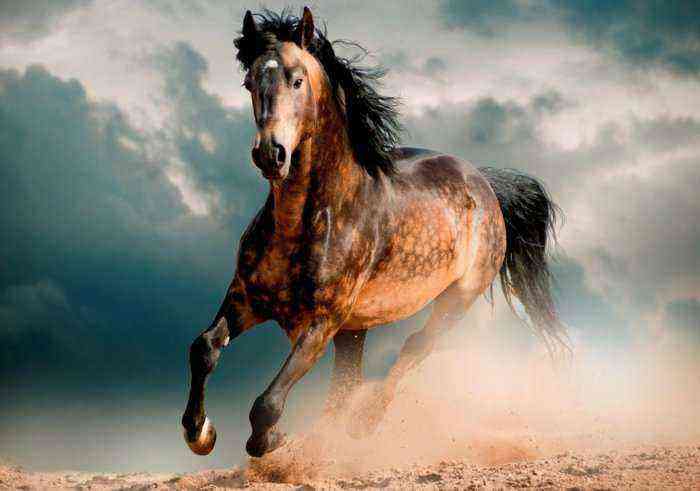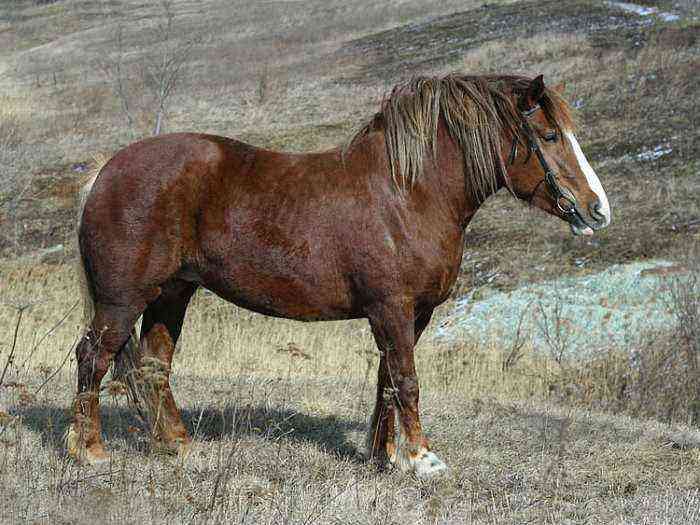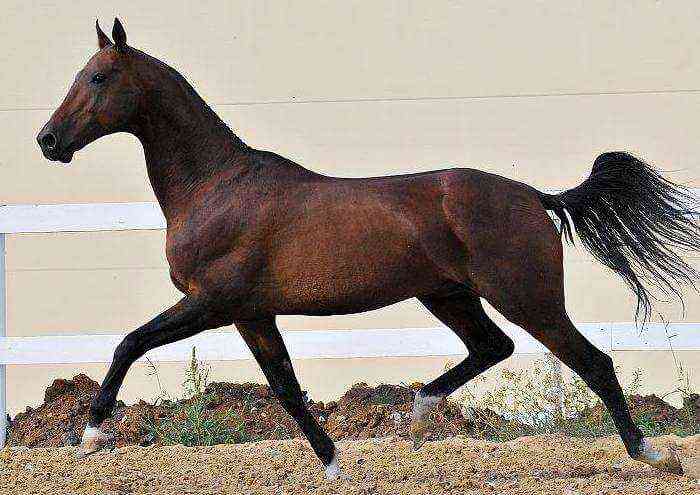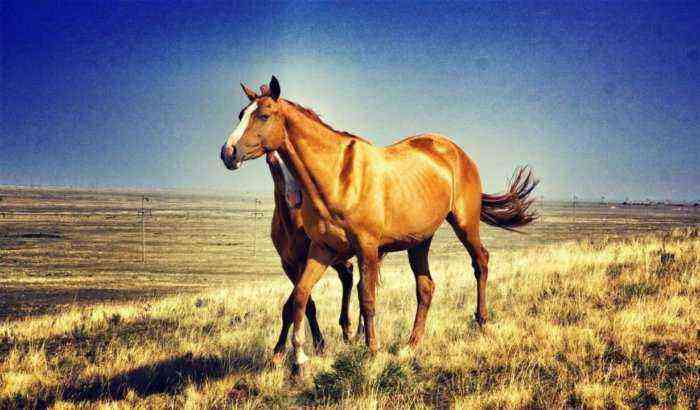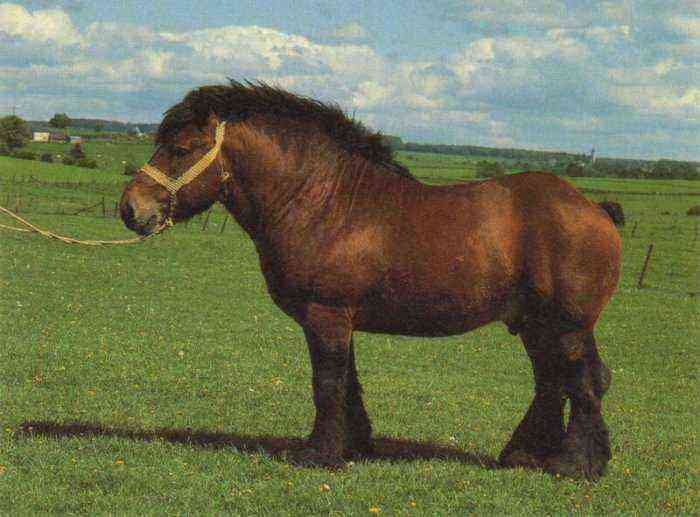Before the advent of cars, horses were an integral part of human life. They were used in agriculture, as a vehicle for the transport of various goods. Naturally, horse breeding was held in high esteem and assumed wide distribution. But, despite this, even today breeding horses at home can be a significant source of income for the breeder. Moreover, the success of this type of activity directly depends on the knowledge and resources that the farmer uses to implement it.
Horse breeding
Horse breeding business – earning options
Breeding horses as a business involves several options for development. As a rule, breeders choose one of them in order to concentrate the expenditure of resources in one direction as much as possible. The main types of income for breeding horses include:
- Cultivation of thoroughbred horses for breeding work. This strategy brings the most income to the owner, but the acquisition of purebred foals involves high costs.
- Breeding livestock to obtain horse meat. Such meat is considered a delicacy. It is used for the production of sausages and other meat dishes. But here it is worth considering the presence in the region of horse meat processing plants or wholesale buyers of such meat.
- Cultivation of thoroughbred foals for participation in sports competitions. Winning world championships implies substantial fees. In addition, if the stallion manages to make a name for himself in the sports field, he can be profitably sold in the future.
- Organizing your own arena. Given the availability of funds and sufficient space, a riding training center could be set up. Also, in such an institution, hippotherapy classes can be held for a fee.
With the necessary amount of funds, many breeders choose for themselves two directions for keeping horses at once. Moreover, the first of them is the main one, on which the lion’s share of resources is concentrated, and the second is the accompanying one. Minor areas of commercial horse breeding include:
- rental of horses for various celebrations;
- maintenance and training of horses of another owner;
- organization of tourist horse rides in places with beautiful nature or near the sea;
- sale of various elements of harness, as well as tools and products for horse care;
- sales of dairy products.
It is worth noting that each of the listed options for earning involves investing a sufficiently large amount of funds. Moreover, such a business develops gradually and pays for itself within 8-12 years.
Business Registration
The next step after choosing a suitable development strategy is the official registration of a kind of activity. Most often, such a business is formalized as a peasant farm.
Registration is also necessary in order to receive certain assistance from the state for opening. For example, it allows you to issue benefits for the lease of a particular land plot. In addition, after official registration, the breeder can choose more economical taxation conditions. Both one person and a group of people (family or community) can register.
The main points necessary for opening any of the areas of horse breeding include:
- permission to trade in the products of this area of animal husbandry;
- providing each farm animal with an appropriate veterinary passport;
- availability of a medical book for all employees of the enterprise.
Business design
If the new farm will specialize in the sale of dairy or meat products, then you must first obtain permission from the following organizations:
- veterinary service;
- sanitary and epidemiological station;
- Federal Service for Supervision of Consumer Rights Protection;
- fire inspection.
After registration, you can proceed to the main organizational issues for creating a horse farm.
Organizational plan
The key to the success of a horse breeding business is a well-defined plan. It should take into account the issues of a suitable breed, the breeding conditions necessary for it, the design features of the stable, nutrition and a number of other points.
Arrangement of the stable
First of all, to implement the correct maintenance of horses, an equipped stable is necessary. The main requirements for such a room are:
- lack of drafts, which is achieved by closing all the cracks in the walls and roof, as well as due to the correct arrangement of windows;
- dryness in the room;
- a temperature of at least 15–18 degrees, created by good wall insulation and the arrangement of a thick litter;
- quality ventilation.
Particular attention in the construction of premises for horses is given to stalls. An individual stall is allocated for each head, in which there are separate feeders and drinkers. The average calculation of the area per animal is from 3 to 10 square meters. m. The entrance door to an individual stall is recommended to be made lattice. So the place where the horse is kept will be better lit.
home stable
The choice of breed for breeding
One of the main points is the correct choice of breed. It is carried out on the basis of the previously chosen direction of horse breeding. Depending on this parameter, all breeds of living creatures are divided into two types:
- Riding. Such animals are used to prepare for races, tourist walks and learn to ride.
- Heavy trucks. Today, representatives of this type are grown mainly for large volumes of meat. They are distinguished by well-developed muscles, large dimensions and rapid weight gain.
Also, when implementing meat horse breeding, the peculiarities of the region are necessarily taken into account. The best productivity results are shown by animals of local breeds. They are perfectly adapted to the regional climate, topography and flora. Accordingly, the body in such conditions will receive everything necessary for growth.
The breeds most suitable for meat breeding and undemanding to climatic conditions are:
- Yakut;
- Novoaltayskaya;
- Kazakh.
Foals of exclusively purebred race breeds are selected for performances at hippodromes. Among them, valuable are:
- English Thoroughbred;
- American trotter;
- Oryol trotter.
Also, for performances at competitions within the country, Budyonnovsk, Kabardian and Don horses are used.
Buying foals
The issue of buying young animals of the breed you like requires special attention. First of all, you should not buy foals from unverified kennels. Young animals are purchased only from those breeders who can provide all the necessary documents, as well as confirm the pedigree of the animal. Moreover, it is advisable to choose purebred foals not only for growing for sports purposes, but also for breeding for meat. A thoroughbred young is more expensive, but it grows faster and also quickly pays for itself.
Foal
Buy, as a rule, foals that were born in the spring. When examining an animal, it must meet the following criteria:
- general energy and playfulness;
- normal appetite;
- optimal fatness;
- lively, undistracted eyes;
- shiny silky fur.
Careful attention should also be paid to the execution of documents on sale and purchase and other related papers.
Maintenance and care of animals
Contain bred horses in the stables. Such premises are usually located outside the city, where there is less traffic, cleaner air and there is a place for walking and grazing. It is desirable that next to the stable there is a large area for the activity of such animals.
Nutrition, training and walks for horses are organized strictly according to the schedule, which is selected in accordance with the purpose of rearing. Specific rules for caring for a horse suggest the following points:
- cleaning and washing the animal after each walk;
- periodic inspection of the condition of horseshoes and their replacement during cleaning and hoof care;
- combing the mane and tail immediately after cleaning the animal;
- regular vaccinations in accordance with the vaccination plan established by the veterinarian;
- periodic inspections of living creatures by a veterinarian.
Also an important point in caring for a horse is the regular cleaning of its stall.
Nutrition for fattening for meat
When developing a business plan for breeding horses for meat, be sure to paint the future feeding of the stallion. Moreover, the fattening period is of great importance here. Horses are fed exclusively with fresh, high-quality feed, in which there are no solid impurities, thorns, traces of rot or mold.
The feeding scheme for foals designed for slaughter involves the following steps:
- the first 2 months of life, the baby feeds mainly on mother’s milk;
- from the beginning of 4 months, prebiotics and complementary foods are included in the diet;
- feed young animals up to about 2-3 years.
Slaughter is planned for the end of autumn. At the time of fattening, workloads and excessive physical activity of living creatures are reduced. The schedule for this period is as follows:
- fresh greens (attention is paid to cereals and legumes) or hay – about 60%;
- grain of barley and oats – not less than 20%;
- various vegetables – 12%;
- compound feed and bran – 8%.
Horse on pasture
Complement the main menu with mineral supplements. In particular, table salt.
Veterinary service
Various diseases are a big risk when breeding horses. For their timely detection and treatment, a periodic examination by a veterinarian is necessary. The recommended frequency is 4 times a month. During this procedure, the specialist may also administer vaccinations.
Attention! If the animal shows signs of a certain disease, veterinary care will be needed unscheduled. All these points should be considered before breeding.
Staff
If the farm specializes in breeding beef or breeding horses, the scale of such an enterprise can be quite large. In this case, it is impossible to cope with the entire livestock of animals by the efforts of several people. Therefore, it is necessary to recruit additional staff.
The basic list of workers required for the efficient functioning of the farm includes:
- veterinarian;
- groom for every 4-5 animals;
- a technologist involved in compiling a diet and routine for each specific category of animals;
- an accountant who will calculate costs, profits and resolve issues of product delivery with customers;
- handymen involved in feeding, cleaning stalls and other work.
Important! Employees should be carefully selected. They must clearly know their specialty and duties on the farm.
Slaughter of horses and marketing of products
When breeding horses for meat, the slaughter of living creatures is planned for the end of autumn and the beginning of winter. At this time, the horse meat will be better stored due to the cold, and the remaining livestock will need less feed.
Slaughter is carried out after the animal loses consciousness from an electric discharge or a strong blow with a blunt object on the head. At the enterprises of the meat direction, slaughter is carried out in a specially prepared room. The carcass is dismantled in a manner similar to the dismantling of cows.
After a properly implemented slaughter, meat can be sold in several ways:
- sell at retail;
- sell in bulk to buyers;
- sell directly to meat processing factories;
- process into sausages or other dishes if you have your own smokehouse.
horsemeat
In any case, specific ways of marketing products should be provided in advance.
Financial plan – profit calculation
Be sure to calculate the profitability of such an enterprise. In general, when purchasing 20 heads of meat-producing horses, buying feed, building a stable, calculating salaries for staff and other expenses, the total investment will amount to 1,5 million rubles.
Given that the meat productivity of the animal is no more than 55%, then one horse will be able to get about 250 kg of horse meat. Taking into account current prices, about 1,1-1,2 million rubles will come out of the herd.
Attention! In sports horse breeding, costs increase significantly.
Conclusion
Breeding horses can become a profitable business and bring a considerable income to its owner. But this is only possible with strict adherence to a business plan developed in advance, which should include the cost of arranging a stable, purchasing animals, feed and tools. If all points are observed, then the enterprise pays for itself in 8–10 years.


